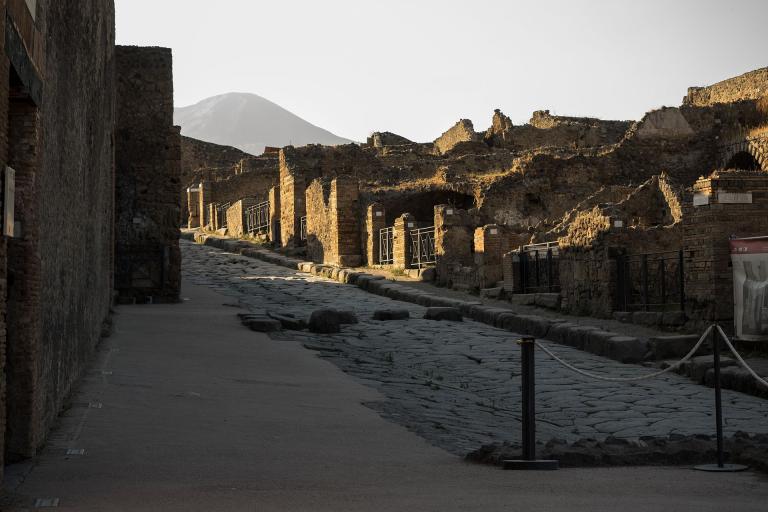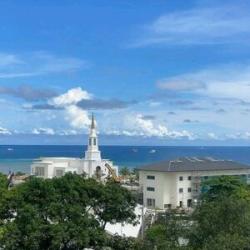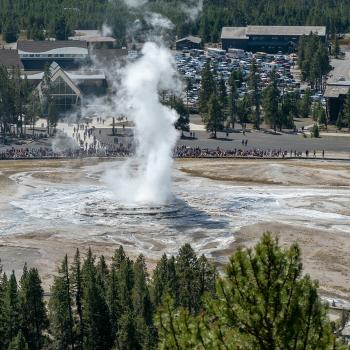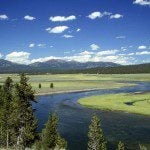
(Wikimedia Commons public domain)
I was surprised to see, in the July/August 2018 issue of Smithsonian, an article titled “Secrets of the Scrolls: A revolutionary American scientist is using subatomic physics to decipher 2,000-year-old texts from early days of Western civilization.”
As I expected, it’s about the recovery of texts from the ruins of ancient Herculaneum, a city that was covered in AD 79 during the catastrophic eruption of Mount Vesuvius — the same cataclysmic event that destroyed nearby Pompeii. They came from the large private library of a wealthy man who was very interested in the philosophical school called Epicureanism, and particularly in the first-century BC Epicurean philosopher Philodemus of Gadara.
I was pleased to read this, on page 47 of the article:
None of the Herculaneum scrolls has been opened since the 19th century, and scholars have instead focused on squeezing information out of the already-revealed texts. A step forward came in the 1980s, when Dirk Obbink of Oxford University and Daniel Delattre of France’s National Center for Scientific Research independently worked out how to reassemble fragments dissected under Paderni. In the 1990s, Brigham Young University researchers photographed the surviving opened papyri using multispectral imaging, which deploys a range of wavelengths of light to illuminate the text. Infrared light, in particular, increased the contrast between the black ink and dark background. That was a “huge breakthrough,” says Obbink. “It enabled us to read vastly more of the unrolled rolls.”
The new images triggered a wave of scholarship into Epicurean philosophy, which had been poorly understood compared with the rival ideas of Plato, Aristotle or the Stoics.
At Brigham Young University, it was the Center for the Preservation of Ancient Religious Texts, or CPART, a subunit of the Foundation for Ancient Research and Mormon Studies (FARMS) — which ultimately became the Neal A. Maxwell Institute for Religious Scholarship — that did this work. (During some of that period, it went under the transitional name of “the Institute for the Study and Preservation of Ancient Religious Texts,” or ISPART.)
I was, for several years, the head of CPART and the chairman of the board of the overall organization. This was during our heyday, and among our most valuable and valued associates were Steve and Susan Booras.
Here’s a 2001 article from BYU Magazine on the project:
“A Library of Mud and Ashes: A BYU team images ancient scrolls burned by Mount Vesuvius.”
Here’s a 2002 article from BYU’s Ira A. Fulton College of Engineering and Technology:
“BYU Adapts Space-age Technology to Study Ancient Documents”
And here’s a documentary that was made about the project:
“Out of the Ashes: Recovering the Lost Library of Herculaneum”
Those were the days, my friend. We thought they’d never end.
But they did.
It’s difficult not to feel nostalgic.











